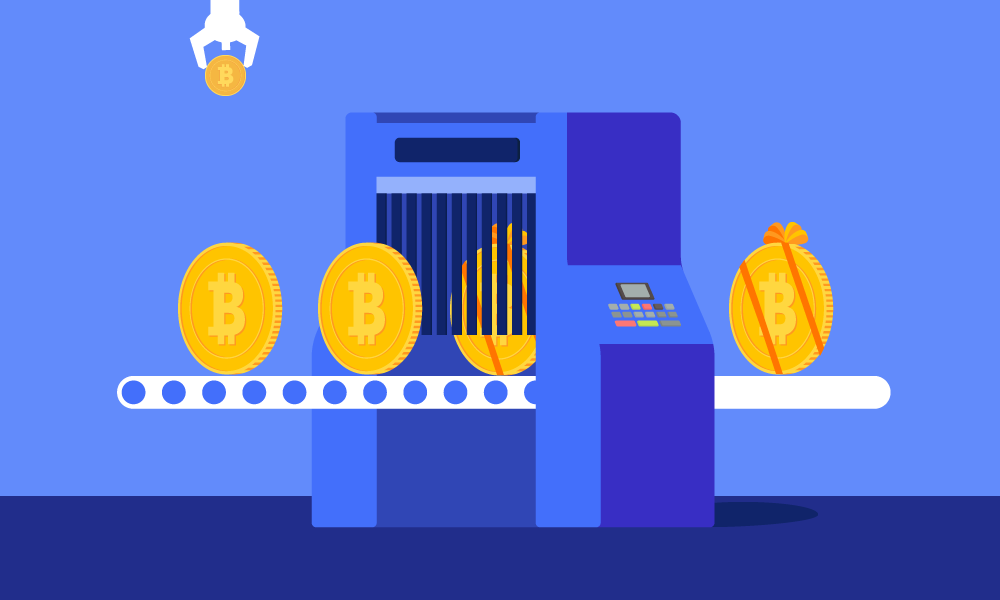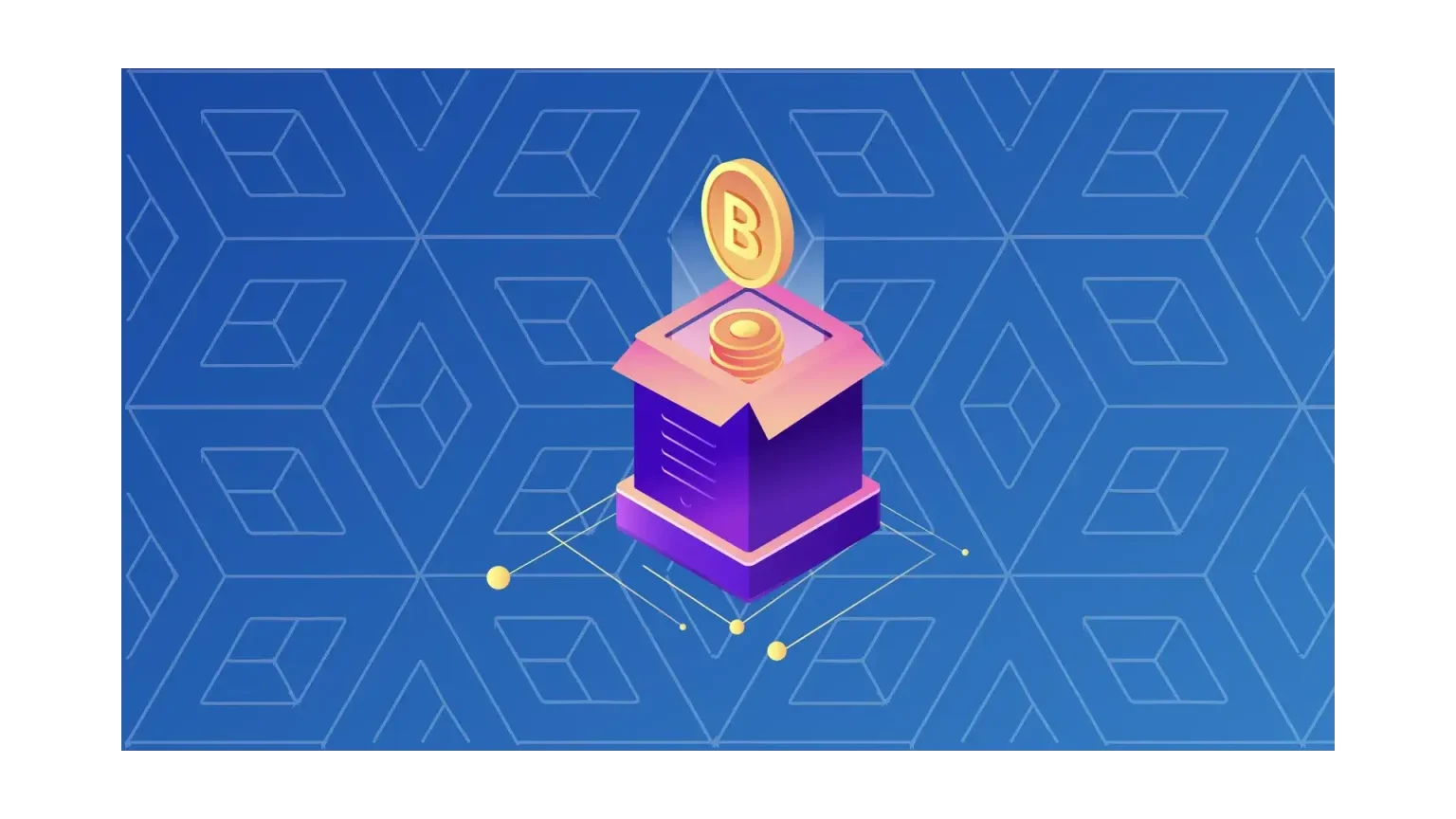As the cryptocurrency ecosystem grows more interconnected, wrapped tokens have become a vital tool for enabling cross-chain functionality and expanding use cases for digital assets. Wrapped tokens, such as WBTC or wETH, allow cryptocurrencies from one blockchain to operate on another, unlocking new possibilities in decentralized finance (DeFi), trading, and liquidity.
In this beginner’s guide, we’ll break down what wrapped tokens are, how they work, their use cases, and why they matter. We’ll also provide actionable insights to integrate wrapped tokens into your trading strategy with tools like the EPIQ Crypto Macro Dashboard.
What Are Wrapped Tokens?
Wrapped tokens are digital assets pegged to the value of another cryptocurrency or real-world asset. They “wrap” the underlying asset in a tokenized form, allowing it to operate on a blockchain where it doesn’t natively belong.
Key Characteristics
- Pegged Value: The wrapped token’s value is always equivalent to the underlying asset (e.g., 1 WBTC = 1 BTC).
- Cross-Chain Functionality: Wrapped tokens enable interoperability between different blockchains.
- Custodianship: A custodian (smart contract or entity) holds the underlying asset and issues wrapped tokens.
How Wrapped Tokens Work
1. Tokenization Process
- The original asset (e.g., BTC) is sent to a custodian or locked in a smart contract.
- The custodian issues an equivalent amount of wrapped tokens (e.g., WBTC) on the desired blockchain.
2. Redeeming Wrapped Tokens
- When the user wants to redeem the original asset, the wrapped tokens are burned, and the underlying asset is released.
3. Example: Wrapped Bitcoin (WBTC)
- BTC is locked in a smart contract, and an equal amount of WBTC is minted on the Ethereum blockchain.
- WBTC can now be used in Ethereum-based DeFi applications while retaining its BTC value.

Why Wrapped Tokens Matter
1. Cross-Chain Compatibility
Wrapped tokens allow cryptocurrencies like Bitcoin, which operates on its own blockchain, to interact with Ethereum-based DeFi protocols, increasing their utility.
2. Enhanced Liquidity
By tokenizing assets like Bitcoin on another blockchain, wrapped tokens boost liquidity in DeFi platforms, enabling more robust trading and lending opportunities.
3. Expanded Use Cases
Wrapped tokens unlock functionalities such as:
- Yield farming on DeFi platforms.
- Collateral for loans.
- Participation in decentralized exchanges (DEXs).
4. Bridging Blockchain Ecosystems
Wrapped tokens act as a bridge, facilitating interoperability between blockchains and fostering a more interconnected crypto ecosystem.
Popular Wrapped Tokens
1. Wrapped Bitcoin (WBTC)
- Underlying Asset: Bitcoin.
- Blockchain: Ethereum.
- Use Cases: Trading, DeFi lending, and liquidity pools.
2. Wrapped Ethereum (wETH)
- Underlying Asset: Ethereum.
- Blockchain: Ethereum.
- Use Cases: Used in Ethereum-based DeFi to standardize transactions and interact with smart contracts.
3. Wrapped Binance Coin (wBNB)
- Underlying Asset: Binance Coin (BNB).
- Blockchain: Binance Smart Chain and others.
- Use Cases: Enables BNB to operate on different chains for DeFi activities.
Use Cases of Wrapped Tokens
1. DeFi Integration
Wrapped tokens are extensively used in DeFi platforms for:
- Liquidity Pools: Providing liquidity to decentralized exchanges.
- Staking and Yield Farming: Earning rewards by staking wrapped tokens in smart contracts.
- Collateral for Loans: Using wrapped tokens as collateral on lending platforms like Aave or Compound.
2. Arbitrage Opportunities
Wrapped tokens enable arbitrage between different blockchains, allowing traders to capitalize on price discrepancies.
3. Improved Accessibility
By wrapping tokens, assets like Bitcoin can become accessible to users of other blockchain ecosystems, such as Ethereum or Binance Smart Chain.
Risks of Using Wrapped Tokens
1. Custodial Risks
Since wrapped tokens rely on custodians or smart contracts, any breach in security could jeopardize the underlying assets.
2. Transaction Fees
Transferring wrapped tokens between blockchains may incur additional fees, reducing profitability for traders.
3. Smart Contract Vulnerabilities
Bugs or exploits in the smart contract managing the wrapped tokens can lead to potential losses.

How to Get Started with Wrapped Tokens
1. Choose a Reliable Platform
Use trusted platforms like Uniswap, Aave, or Binance to trade and utilize wrapped tokens.
2. Monitor Market Trends
Track wrapped token trends and liquidity with tools like the EPIQ Crypto Macro Dashboard.
3. Secure Your Assets
Store your tokens safely using a hardware wallet like Ledger to minimize risks.
4. Evaluate Costs
Factor in transaction fees and potential slippage when trading or transferring wrapped tokens.

How EPIQ Trading Floor Can Help
At EPIQ Trading Floor, we provide the resources you need to incorporate wrapped tokens into your trading strategy:
- Real-Time Data: Analyze market trends and liquidity for wrapped tokens.
- Educational Content: Learn how to maximize the benefits of using wrapped tokens.
- Macro Dashboard: Use our crypto macro dashboard to monitor cross-chain activities and token performance.
Start your 3-day free trial today and take advantage of the tools that empower your trading journey.
Conclusion
Wrapped tokens are transforming the crypto ecosystem by bridging blockchains, enhancing liquidity, and expanding asset utility. Whether you’re a DeFi enthusiast or a trader looking for arbitrage opportunities, understanding wrapped tokens is key to leveraging their full potential.
Ready to unlock new opportunities with wrapped tokens? Join the EPIQ Trading Floor and explore the crypto macro dashboard to stay ahead in the evolving world of cryptocurrency.
Disclaimer: The information provided in this blog is for educational purposes only and does not constitute financial advice. Cryptocurrency trading involves significant risk, and you should consult with a financial advisor before making investment decisions.










Responses